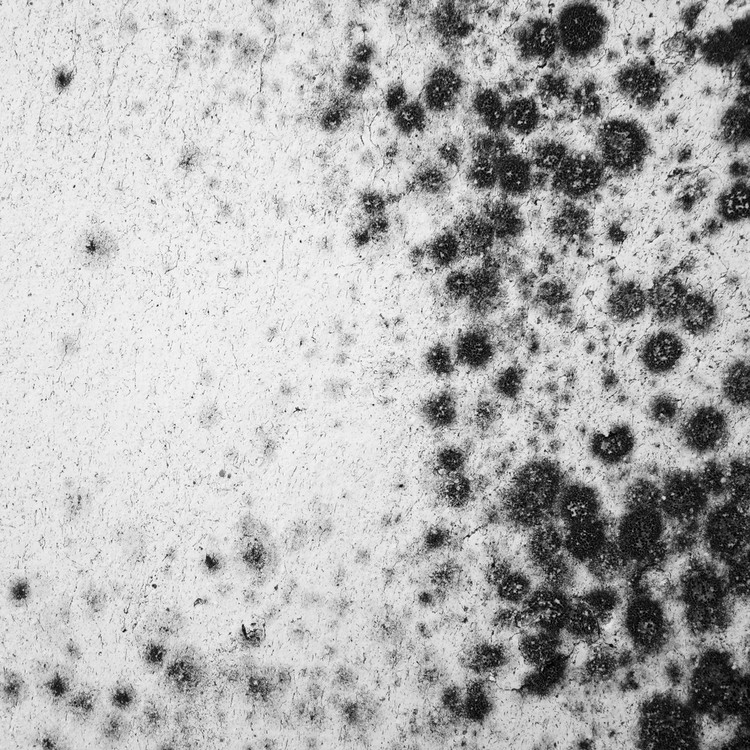Molds are common in houses and buildings. They grow and thrive in an environment with moisture, oxygen, food, darkness, warmth, and mold spores. These places include roofs, windows, pipes, or where there is flooding or moisture.
They also grow well in ceiling tiles, cardboard, paper products, wood products, carpet, fabric, upholstery, and paints. Unfortunately, not only do they cause damage to your home, but also your health.
What Are Molds?
Molds or mildew are tiny fungi with many species. They are a part of our environment and responsible for the breakdown and digestion of organic materials. While they’re helpful outdoors, they can be problematic at home.
These organisms multiply by producing microscopic spores that easily float through the air and can be carried for great distances. Because of this, they can enter your home through.
- Doors
- Windows
- Clothing and shoes
- Pets
- Heating and air conditioning vents
Signs of Molds Inside the House
Molds come in different colors, including black, white, and spotted. They look cottony, powdery, or velvety. If you notice spots inside your home but are unsure if they’re molds, look for these other signs:
- Musty and earthy odor
- The area has moisture and less light
- Warping, cracking, or peeling on the area
- When you apply a drop of bleach, its color lightens in a minute or two.
- If left unchecked, they continue to grow as opposed to dirt and stains.
Can You Get Sick if You Have Molds at Home?
Though some species of molds are less dangerous, others could cause health issues, including respiratory tract infections, asthma, and allergies. For asthmatics, mold spore exposure can trigger asthma attacks. Also, studies suggest that exposure to dampness and mold in the home increases the risk of asthma development.
Mold allergy symptoms vary in individuals, ranging from mild to severe. You could notice these signs and symptoms more when the weather is damp and in spaces (indoor or outdoor) with high concentrations of mold.

Symptoms of Mold Allergy
- Sneezing
- Watery eyes
- Cough and postnasal drip
- Itchy eyes, throat, and nose
- Dry, scaly skin
- Runny or stuffy nose
How to Prevent Molds at Home
To avoid mold-causing health issues, you have to reduce mold growth in your house in the first place. You may consider these tips:
- Avoid leaving damp or wet clothes in the washing machine where molds can quickly grow.
- Keep your house dry all the time.
- Repair any leaks both inside and outside your house.
- Dry any items thoroughly before storing them.
- Improve airflow at home by opening windows and closet doors frequently.
- Monitor the ventilation in your basement and allow the entire room to dry.
- Use mold-killing products when cleaning your bathroom.
- If your carpets and upholstery are soaked and cannot be dried immediately, remove or replace them. Avoid using carpets in places with a lot of moisture, like basements and bathrooms.
- Avoid many indoor plants as molds grow on soils quickly.
Keep in Mind
Although some types of indoor molds are less risky, prolonged exposure to molds is unhealthy. Individuals with asthma, allergies, and other respiratory diseases are most at risk of the symptoms. If your symptoms affect your daily activities, it’s best to see a doctor.
If you think molds in your home are severe and causing health problems to your family and damage to your home, it’s always a good idea to call professionals like Puroclean. They have the expertise, advanced techniques, and specialized equipment to complete the job right and quickly. You may visit their website for more info on their services and locations.






